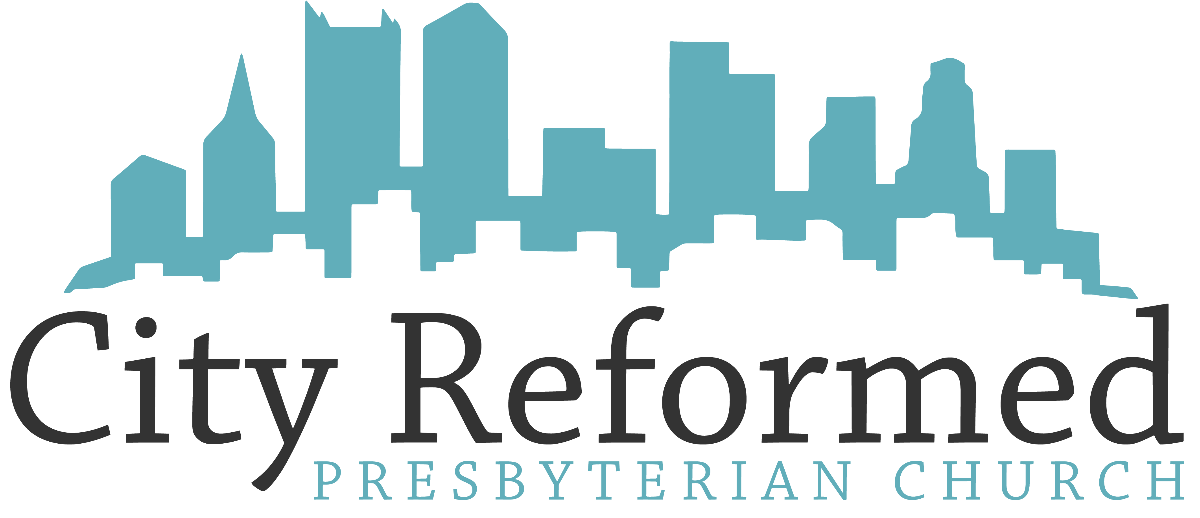This is our first in a series of Saturday posts by Daniel Snoke in which he shares some historic forms of prayer that have been used by the church down through the centuries. (MK)
Lectio Divina | Scripture as an act of worship (Daniel Snoke)
Lectio Divina simply means “divine reading”. It is an ancient practice that can be traced back to the early church and it aims to engage the heart while reading Scripture. As Christians, we can often fall into the trap of viewing Scripture as proof-text for theology. It’s easy to use God’s Word both in worship and in our daily lives as intellectual source material for interesting sermons or better living. God’s Word is much more than that.
The reformed tradition views God’s Word as a “means of grace” whereby we receive God himself – Father, Son, and Holy Spirit. Jesus is the “word made flesh”, and the Father promises that the Spirit is active wherever his Word is. We do not only speak and hear human words when we read Scripture; God is present with us and his grace is made effective in our lives. Lectio Divina seeks to pay more attention to this divine nature of the Holy Scriptures and slow our hearts down to receive what God has for us in his Word.
Scripture is not just the inspiration of our prayer, it is the substance, means, and mechanism of our worship. Lectio Divina can enable us to populate our prayers with God’s own words and aligns us with his grace.
Traditionally, there are four parts to this practice; Reading, Meditating, Praying, and Contemplating. Some may find the difference between meditating and contemplating confusing or challenging, but according to Robert Webber,
“Our contemplation, like that of Mary (Luke 1:38;2:19), is not a mere intellectual assent to God’s story but a ‘free penetrating and fixed gaze,’ ‘a loving look at God.’ It differs from meditation, which is the search for God. It is instead “delight in the found truth.” It is a real, genuine, internal delight in the story of God’s rescue of creatures and creation. The delight in God expresses itself in the worship of God translated as a love for the story, a love for life, a love for this world.”
Therefore, our aim is not to stop at intellectual pursuit, but to delight and rejoice in God’s word. More specifically we;
READ
Read aloud and slowly. Pause when you need to or when it feels natural. Do not be afraid of “distractions”, rather, focus on receiving God’s Word as the means of his grace and presence with you. Take note of things that your heart connects with or ideas that you struggle to receive.
MEDITATE
Read again, but this time, focus on the meaning of the text. In particular, ask God what it means for your own life and context. Do not strive to “solve” every interpretive puzzle, rather, focus on main ideas and celebrate whatever understanding God gives you.
PRAY
Now pray, in your own words, reflecting what God has spoken to you from the text. Do not try to sound eloquent and do not push away distractions. Pray from wherever your heart feels inclined to lead you. Give God whatever comes to your mind.
CONTEMPLATE
Continue to let your heart and mind respond to God, but now remain silent and enjoy the ways God is still present with you through his Word and in your prayers. Focus on the ways God has been revealed and open your heart with thankfulness to him. If you journal, you may feel inspired to write a few reflections down.
